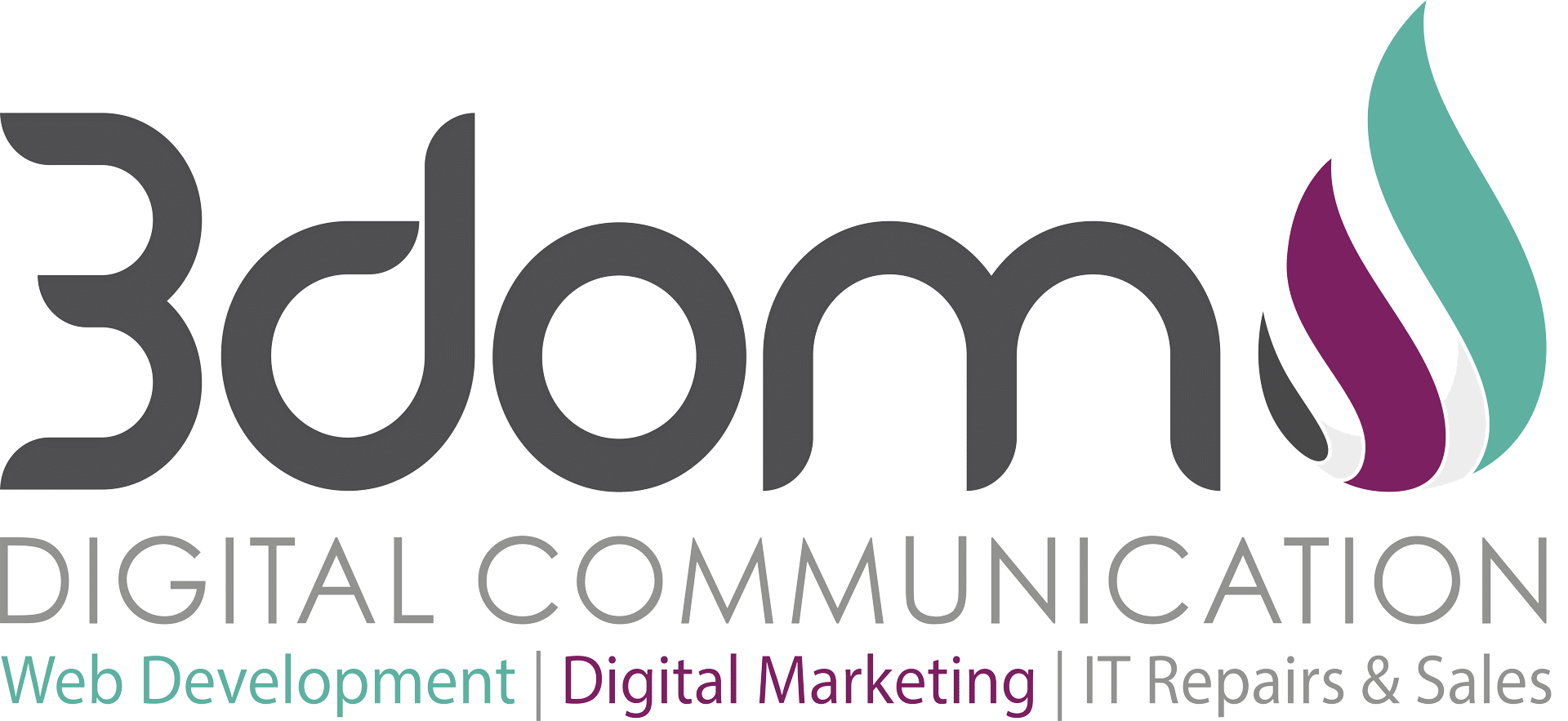Social Media Marketing (SMM) is almost the same as like having a conversation with your friends at a coffee shop. It is also like getting that unexpected phone call from an old friend and just talking to each other. It is conversational and laid back. There are hundreds of companies jumping in on the social media band wagon that really just don’t get it and they are usually trying to hard. Take a look at what Toprankblog.com has to say.
As marketers, social strategist and business owners we have the ability to create, consume, publish, interact and transact online. With 88% of brand and agency marketers using social media for social content distribution, how can social be leveraged in a way that’s meaningful enough to attract and engage customers? Below are five questions that can help evaluate and energize your current social content marketing strategy.
1) Why Invest in Social?
It’s important to first define the correlation between what you want to achieve as an organization, and how you want your audience to feel about you. Is what you’re putting out into the social sphere optimized for the best possible performance? Do you know what your customer’s goals are and how they align with the business goals your company is trying to achieve? This dialogue has to go beyond features and benefits, tell a story and make that a part of your content strategy. If from there it can be determined how best to integrate through social media marketing, that’s the win.
2) Who is Your Audience?
Do you understand the consumer? Who is your target audience? Are they new or existing customers, and are you optimized for those audiences? If we understand our audience we have an opportunity to appeal to them based on what they want and what’s important to them, and in turn create content that speaks to them throughout the sales process. By empathizing with customer’s wants and needs and knowing why they care about you as a company, you can leverage that through content marketing and deliver it to those customers in a way that speaks to them.
If we examine a hub and spoke model, assuming we know our primary goal or objective, we can do more than just release a piece of content on Facebook or YouTube. We can utilize our existing networks to exponentially increase the reach of that content. It’s not about just putting something up on Slideshare, its segmenting that content and posting it to Facebook and Twitter, publishing a blog or a white paper and truly leveraging what audience you have and motivating them to take action. If you’re going to take advantage of a model like this it’s imperative you continually grow those networks.
3) Are You Optimized for Consumption?
The notion of content optimization isn’t just about SEO; optimization is a continuous effort to make something better over time. SEO itself can be very limited to just search engines; optimization is relevant to all content and objectives. If we understand who we are trying to do business with we need to understand three things:
- How do they discover information?
- What are their preferences when it comes to topics and in what format do they prefer? What does your target audience appreciate that would motivate them to take action?
- How do we retain and evolve that customer?
Creating a better user experience requires that you know what your customers are talking about, and then blend that information into a content marketing and social media marketing plan. Be focused and you will stand out.
4) What’s The Customer Journey?
Traditional sales funnel would suggest we bring most consumers to the top of the funnel. But if we look at what might be more relevant to customers throughout the entire buying cycle we can create awareness. From a 360 degree perspective we look at the lifecycle as Awareness, Interest, Consideration, Purchase, Retention and finally Advocacy. It’s important to be optimized in every phase of that customer journey and map content to throughout each phase.
People tend to make decisions based on emotions, so think about how you want people to feel when they consume your content. Instead of publishing an infographic, determine where that infographic fits within the customer journey. Remember it’s not the media format that’s most important it’s the information. Don’t fall into the trap of creating content for SEO, content should be created for people and THEN you bring in SEO.
5) How Do You Measure Value?
If the key performance indicators or KPI’s have been defined, the next step is measuring the progress being made to achieve those goals. What’s our share of voice how many times are people talking about us vs. our competition? Are we improving the customer experience? Are we increasing orders?
Social media is about meaningful relationships with people who will take action when asked. It makes more sense to produce a smaller quantity of content that has a higher level of engagement than it does to produce a large quantity of content that elicits little to no engagement. Knowing the level of engagement customers expect can determine what they are going to deem quality. Once you know that you can then optimize for it.Optimization whether it be search or social is an approach, so set goals, test, revise, scale and repeat. There are the talking heads out there that might provide insight from time to time, but those who have experienced high levels of success have done so because they have learned to test and adapt based on their experiences. For more information on how to optimize your content strategy check out this blog on Content Marketing 101.
Speaking of your own experiences, what questions have you posed or tested to inform your social strategy? Demonstrate your social genius with a comment below.

